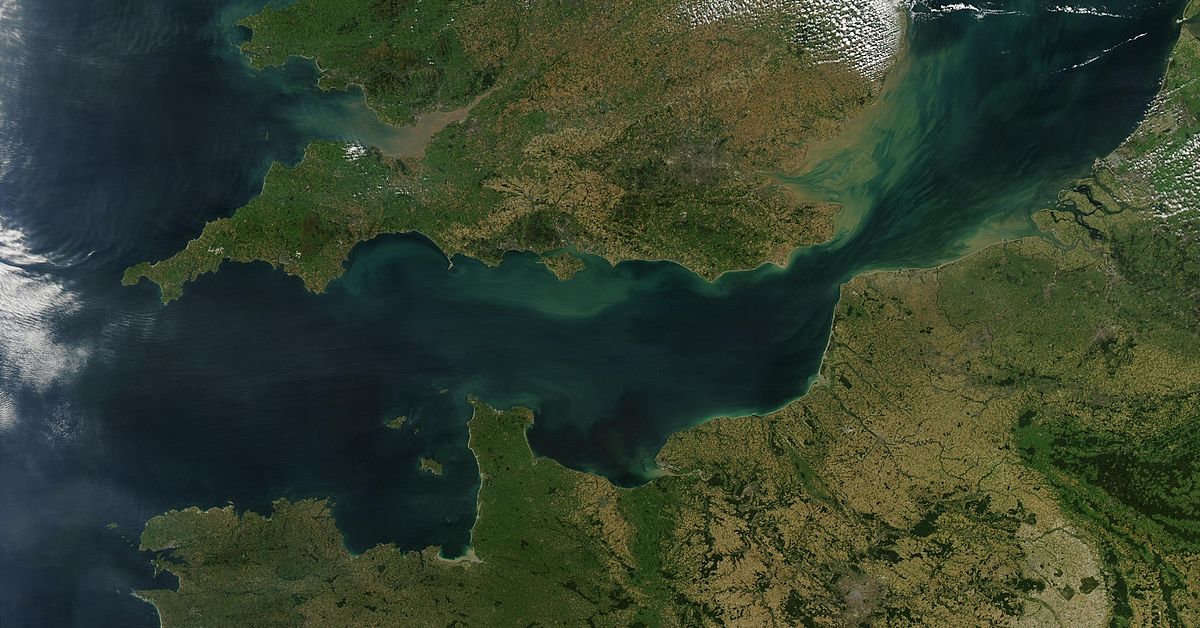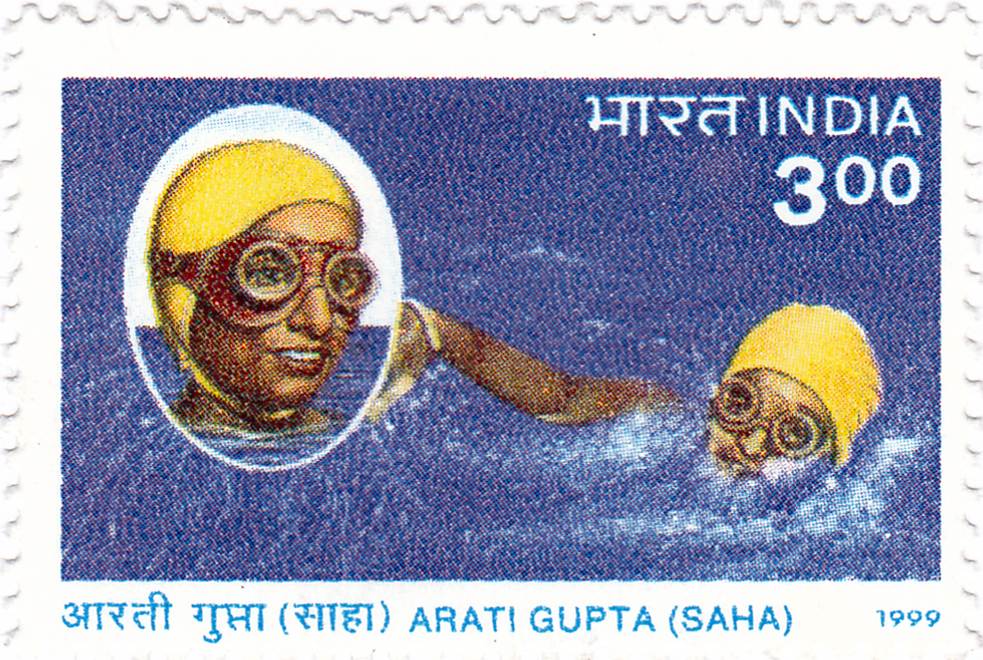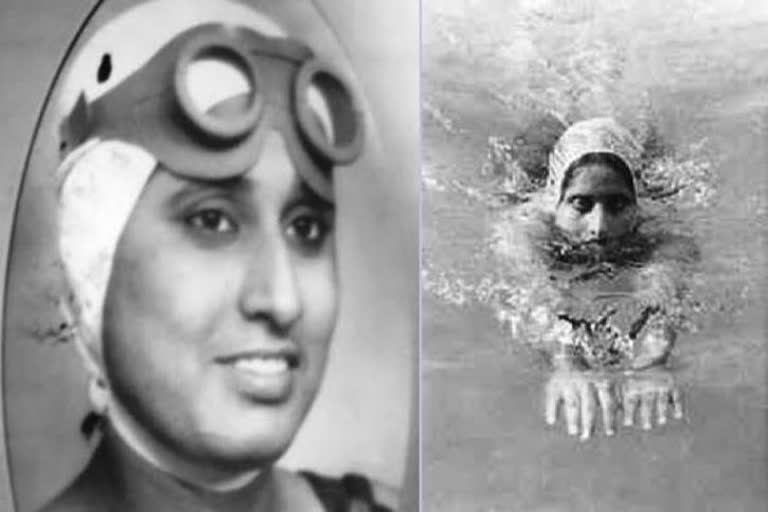Hyderabad: The name Arati Saha to the average Indian sports fan is not bound to ring a bell. However, in the late 50's she was very famous in India after she became the first Asian woman to swim across the English Channel. She was just 19 at the time. Of course, while that is the highlight of her career, there is more to her than just crossing the water body. Her story is one of courage, perseverance and of course endurance.
Born on 24th September 1940 into a middle-class Bengali family, she lost her mother at the very young and tender age of 2. Even as a mere child, Arati Saha was entranced with swimming. She would accompany her father, Panchugopal Saha, as he would go with his brother to the city’s popular bathing grounds, Champtala Ghat, and it was here that she developed a talent for swimming.
Her father was mightily impressed by her prowess and soon had her admitted into a swimming club, the Hatkhola Swimming Club. At this club, she came to the attention of first Asian Games Gold medalist, Sachin Nag. He had previously set records that remained unbroken for nigh over 3 decades and was famed as a trainer and instructor of mostly long-distance swimmers. He was a huge help to Arati Saha, as under his guidance she received the best education one could get about swimming.

Her career in swimming began at an early age of 5. When Bengal was on the brink of collapsing due to communal violence and forced conversions, of which women bore the brunt, she, on the other hand, won her first gold in 110 yards freestyle at the Shailendra Memorial Swimming Competition in 1946. Between 1946 and 1956, Arati participated in several swimming competitions. Between 1945 and 1951 she won 22 state-level competitions in West Bengal. Her main events were 100 metres freestyle, 100 metres breaststroke and 200 metres breaststroke.
She won two silver medals for the 100-meter freestyle and 200-meter breaststroke, along with a bronze medal in the 200-meter freestyle at the National Championship in Mumbai.
She represented India at the 1952 Summer Olympics along with compatriot Dolly Nazir. She was one of the four women participants and the youngest member of the Indian contingent. At the Olympics, she took part in the 200 metres breaststroke event. At the heats, she clocked 3 minutes 40.8 seconds. After returning from the Olympics, she lost in 100 metres freestyle to her sister Bharati Saha.

Her inspiration of crossing the English Channel came from the long-distance swimming competitions in the Ganges. She was also inspired from Brojen Das, the first Indian man to cross the English Channel. And after hearing his story, Arati Saha finally started thinking of getting into the event when she was only 19 years old. Along with Brojen Das, Mihir Sen also encouraged Arati to take part in the event. Sen along with Arun Gupta started arranging a fund-raising event for Arati, and soon they had the then Chief Minister of West Bengal, Dr. Bidhan Chandra Roy, standing beside them. Their supports finally helped Arati Saha to go to England on 24th July 1959.
A total of 58 participants including 5 women from 23 countries took part in the competition. The race was scheduled on 27 August 1959 at 1 am local time from Cape Gris Nez, France to Sandgate, England. However, the pilot boat of Arati Saha did not arrive in time. She had to start late by 40 minutes and lost the favourable condition. By 11 am, she had swum more than 40 miles and came within 5 miles of the England coast. At that point she faced a strong current from the opposite direction. As a result, by 4 pm, she could only swim about two more miles. While she was still determined to carry on, she had to quit under pressure from her pilot.
On 29 September 1959, she made her second attempt. Starting from Cape Gris Nez, France, she swam for 16 hours and 20 minutes, batting tough waves and covered 42 miles to reach Sandgate, England. On reaching the coast of England, she hoisted the Indian flag. Vijaylakshmi Pandit was the first to congratulate her. Jawahar Lal Nehru and many eminent people personally congratulated her. On 30 September, the All India Radio announced the achievement of Arati Saha.

She received the Padma Shri in 1960 and became the first Indian sportswoman to win the fourth highest civilian honour. In 1999, the Department of Posts celebrated her conquest by bringing out a postage stamp of ₹3 denomination. In 1996, a bust of Arati Saha was also erected near her residence. The 100-metre long lane in front of the bust also got renamed after her.
Arati put Indian swimming on the map and was an idol to many girls who took up the sport. She is no more than a memory to the modern Indian sports fan but it is up to us to ensure that her legacy is not a mere footnote in the pages of our sports history.



